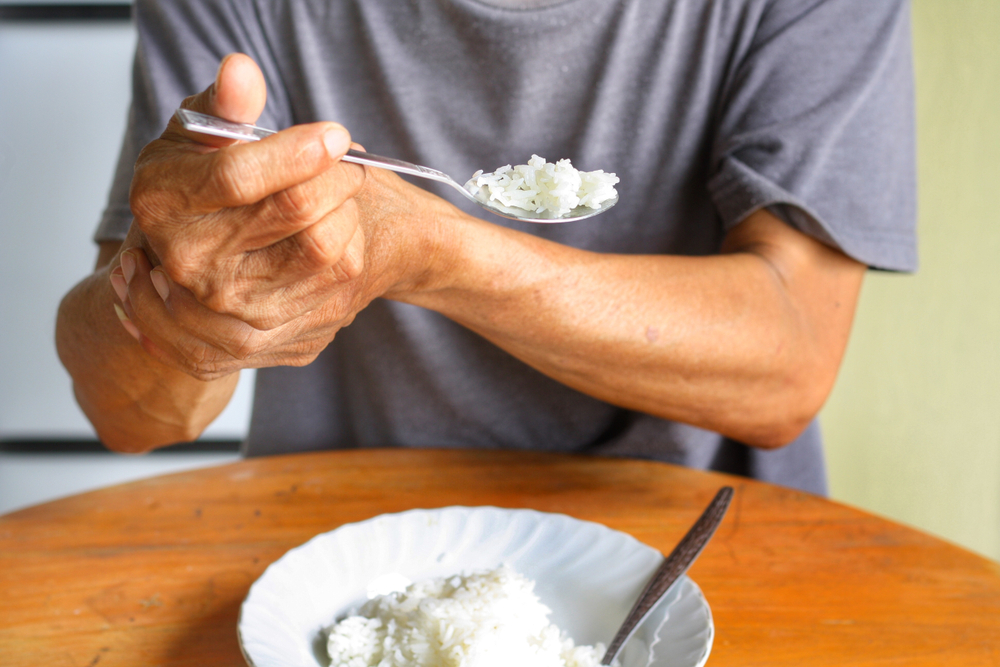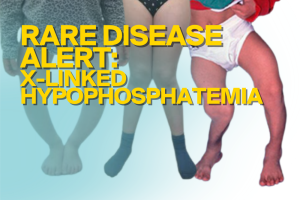Parkinson’s disease is a neurodegenerative disorder of the brain leading to the death of dopamine-producing cells. The resultant decrease in dopamine levels causes trembling stiffness of the body, and difficulties when walking, maintaining balance, and coordination.
It is estimated that around 3.171 million people from four countries in Asia (China, Japan, South Korea, and Taiwan) are affected by Parkinson’s.
People who are approximately 60 years old develop the disease but a small portion may develop “early-onset” Parkinson’s disease before the age of 50. Early-onset Parkinson’s is thought to be inherited but some specific gene mutations have also been associated with other forms.
Causes
The exact cause of Parkinson’s is still unknown. However, studies have shown that the following factors may cause Parkinson’s:
- Break down or death of the neurones or nerve cells that produce dopamine. This results in a decreased level of dopamine affecting the part of the brain that controls body movements, the substantia nigra. This is thought to be the cause behind movement-related problems. However, the exact cause of death of dopamine-producing cells is still unknown.
- Norepinephrine-producing nerve endings are also affected. This is the principal chemical messenger of the sympathetic nervous system which regulates heart rate, blood pressure, and many other automatic functions of the body. A decrease in its level is thought to cause non-movement related symptoms.
- A combination of genetic and environmental factors, like exposure to certain toxins.
Lewy bodies are found in the brain cells of people with the disease. These are abnormal clusters of the protein alpha-synuclein. Studies are being conducted to understand the functions of alpha-synuclein and its relation to genetic mutations that lead to Parkinson’s disease.
Some cases of Parkinson’s are thought to be hereditary and a few cases have been linked to specific genetic mutations. It is thought that the disease often occurs randomly and cannot be deemed completely hereditary.
Risk Factors
Risk factors for the disease include:
- Age: Older adults, especially those that are 60 years old and above.
- Heredity: It is thought that heredity plays a major part but all cases cannot be deemed entirely due to heredity.
- Gender: Men are more susceptible than women.
- Exposure to certain toxins: Prolonged exposure to certain herbicides and pesticides.
Symptoms of Parkinson’s Disease
Symptoms of the disease begin slowly and develop gradually over time. With the progression of the disease, people may start experiencing difficulties with movement and speech. Changes may also occur mentally and behaviourally, and people can also experience problems while sleeping, depression, memory loss, or extreme fatigue.
The primary symptoms include:
- Shaking or trembling of different body parts
- Muscle stiffness
- Slowness of movement
- Decrease in physical balance and coordination
Other symptoms associated may include:
- Emotional changes
- Depression
- Difficulty while swallowing and chewing food
- Problems while urinating
- Problems of the skin
- Sleep disruptions
- Softening of voice
- Lack of facial expression
- Change in writing
- Exhaustion
- Fluctuating blood pressure
The symptoms and the rate of progression differ among people, but the initial symptoms are subtle and occur gradually. These initial symptoms are sometimes overlooked as the effects of the normal ageing process. Due to the lack of a definitive medical test to identify the disease, diagnosis is tricky.
Patients with Parkinson’s often develop a parkinsonian gait that includes:
- Leaning forward
- Taking small quick steps
- Reduced swinging of the arms
- Trouble initiating or continuing movement
Initial symptoms often develop on one side of the body. As time progresses, it eventually affects both sides but the symptoms can be more drastic on one side.
Diagnosis
Currently, there are no blood or laboratory tests to diagnose Parkinson’s originating from non-genetic reasons.
A general diagnosis is made based on the patient’s medical history and a neurological examination. If initiation of medication leads to any improvement in the patient, it is an indicator of the presence of Parkinson’s.
People can be affected by other disorders that have symptoms that resemble Parkinson’s disease and are said to have parkinsonism. They are commonly misdiagnosed as Parkinson’s.
Management of Parkinson’s Disease
An exact cure for Parkinson’s disease hasn’t been developed, but various medicines, surgical treatment, and some form of therapies can help manage and relieve symptoms to a certain extent.
Medications
The following medications are prescribed for people with Parkinson’s:
- Medications that improve dopamine levels
- Medications that influence other brain chemicals in the body
- Non-motor symptoms suppressing medications
Levodopa or L-dopa
This drug was created more than 30 years ago and is still considered the gold standard of Parkinson’s therapy. Levodopa or L-dopa makes use of nerve cells by crossing the blood-brain barrier to produce dopamine. Thus, restoring the decreasing dopamine levels in the brain.
Sometimes, levodopa is taken along carbidopa, which allows a greater amount of levodopa to reach the brain. As a greater amount of levodopa reaches the brain, a lower amount of levodopa is needed for treatment. Carbidopa can help prevent or reduce some of the side effects of levodopa therapy.
It is available in two formulations
- a standard or immediate-release formula
- a long-acting or “controlled-release” form
Side effects of the medications may include:
- Nausea and vomiting
- Dryness of the mouth
- Lightheadedness
- Dyskinesias or abnormal movement
- Confusion
- Hallucinations
- Psychosis
It is effective for patients who have lost spontaneous movement of the body and whose muscles have started stiffening. This medication may have its benefits but it cannot stop or slow the progression of the disease.
Other medications
Other medications used to treat Parkinson’s symptoms include:
- Dopamine agonists: This class of drugs imitate the actions of dopamine on the brain. It is either prescribed alone or along with levodopa in the management of the disease in the early stages. It can prolong the duration of effectiveness of levodopa. These medications generally have more side effects than levodopa.
- Monoamine Oxidase-B (MAO-B) inhibitors: These medications slow down enzymes that break down dopamine in the brain.
- Catechol-O-Methyltransferase (COMT) inhibitors: These medications help prevent the breakdown of dopamine.
- Amantadine: An antiretroviral drug that helps reduce involuntary movements.
- Anticholinergic drugs: These medications block acetylcholine in the brain reducing tremors and muscle rigidity.
Surgery
Deep Brain Stimulation
Deep brain stimulation may be suitable for patients on whom medications have little to no effect. It is a surgical procedure in which electrodes are inserted into the brain and connected to a small electrical device placed in the chest. The device and electrodes painlessly revitalise the brain and help stop symptoms such as tremblings, slowed movement, and stiffness of the body.
Other therapies
Physical, occupational, and speech therapies may be useful to help with gait, disorders of the voice, tremors and stiffness, and declining mental conditions.
Having a healthy diet and exercising to strengthen muscles and improve balance may also help to some extent.












